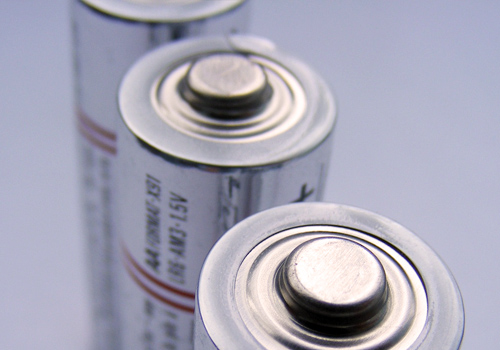

The objective of this thematic center is to explore innovative manufacturing and emerging materials in order to expedite the development and implementation of sustainability technologies for realization carbon neutral society.
Key Research Interests

Energy-efficient and energy generation devices
- Perovskite solar cells show photovoltaic hysteresis and stability issues, we use strategies such as using additives to reduce defects, controlling grain growth, and minimizing defects at grain boundaries and interfaces. For energy saving material, we have developed a robust Quantun-dot@Vitrimer thin film composite for backlighting LED that can be physically and chemically recycled. We have also developed energy-saving broadband infrared LEDs. For hydrogen generation studies, our subjects include developing efficient electron-hole generation, non-noble metal composite catalysts, and electrode structure for efficient gas-liquid separation.
Next-Generation Batteries
- We have developed a new liquid chemical synthesis method for solid-state electrolytes with high ionic conductivity, simultaneously achieving mass production and structural control. We also utilize moisture- and atmospheric-dependent in-situ synchrotron X-ray powder diffraction techniques to track their structural changes. We will eventually apply them to solid-state batteries.
Advanced Energy Material Simulation
- We actively developed machine learning frameworks investigating properties of complex structural and energy materials, including complex perovskites materials, high entropy alloys, and solid state electrolytes. We are also actively involved in exploring applications of AIGC and quantum machine learning in predicting material properties.
Focusing project

Solar-Driven Photochemical Synthesis using Metasurface Perfect Absorbers: Solar-to-Fuel Production
To tackle pressing global challenges such as climate change and the global energy crisis, with the ambition of reaching net-zero carbon emissions by 2050, it is crucial to develop sustainable green energy. Our focused research project aims to employ metasurfaces and metamaterials as perfect absorbers to effectively harness solar radiation for thermal energy conversion. The goal is to utilize this solar-thermal energy to enhance chemical catalytic reactions for synthesizing green energy, specifically to increase the production of green fuels such as ammonia. The use of photonic nanostructures as perfect absorbers in this project not only boosts energy conversion efficiency but also provides a high-temperature environment for efficient photochemical synthesis. This research will not only explore new avenues for efficient photochemical energy conversion using metasurfaces/metamaterials. Still, it will also pave the way for the industrial application of solar thermal processes in renewable energy technologies.

Designing and Developing Solid-State Electrolytes for Next-Generation Batteries
Energy conservation and carbon reduction are paramount global concerns, with nations striving to achieve net-zero carbon emissions by 2050. Effectively harnessing electricity generated from renewable energy sources during off-peak periods necessitates energy storage devices like batteries. However, traditional liquid batteries pose safety hazards. Hence, this research is specifically aimed at developing solid-state electrolytes to realize high-efficiency solid-state batteries.In the pursuit of solid-state electrolytes, the focus primarily lies on organic-inorganic composites and halides. For composite materials, our aim is to develop high-ion conductivity polymers and blend them with inorganic nanoparticles to mitigate the high interfacial resistance and poor mechanical properties associated with solid-state batteries. This endeavor will lead to the creation of solid-state batteries characterized by high stability, safety, and operability at room temperature.In the realm of halide solid-state electrolytes, we will employ an innovative liquid-phase synthesis method to fabricate safe halide solid-state electrolytes, thereby producing secure solid-state batteries. This method also holds promise for large-scale production, addressing the previous limitation of difficulty in scaling up the process for solid-state electrolytes. Furthermore, the project will explore suitable cathode and anode materials to develop novel high-ion conductivity solid-state batteries.
Research Content
contract
Study two-dimensional materials for ultra-thin, high efficient optoelectronics
contract
The development of battery-used materials and luminescent materials
Achievements
award_star
Signatures of Moire trions inWSe2/MoSe2 heterobilayers - Nature 594, 46–50 (2021)
award_star
New opportunity from microscale ordering under high entropy: ultra-elastic high entropy Elinvar alloy - Nature 602, 251–257 (2022)







